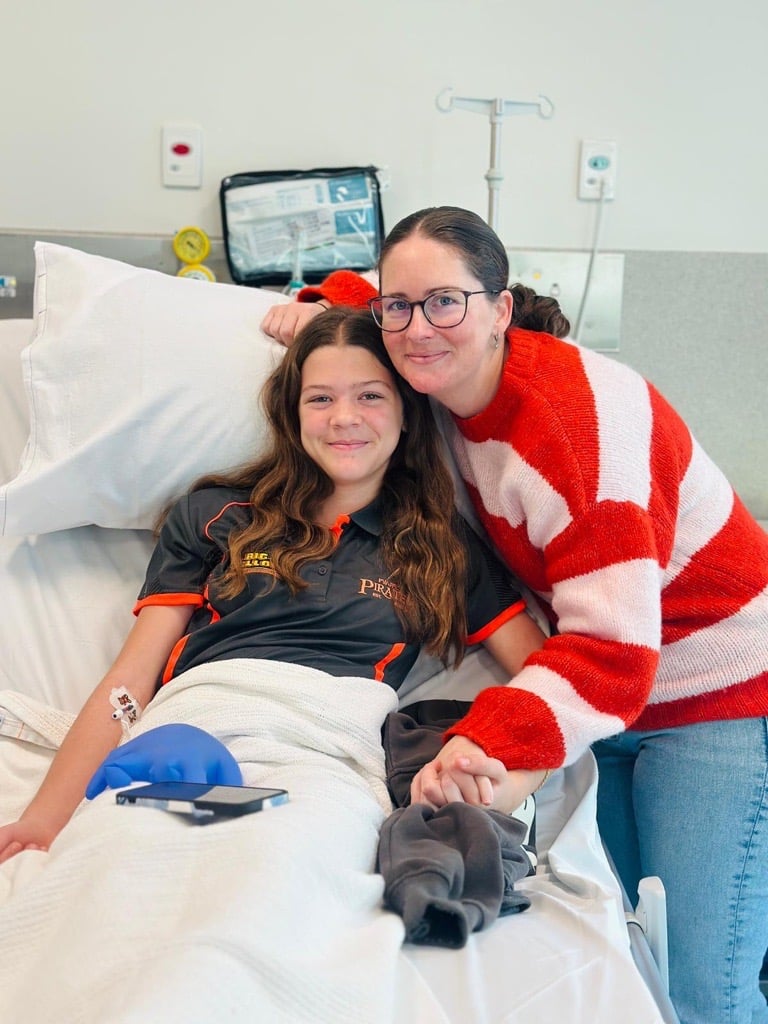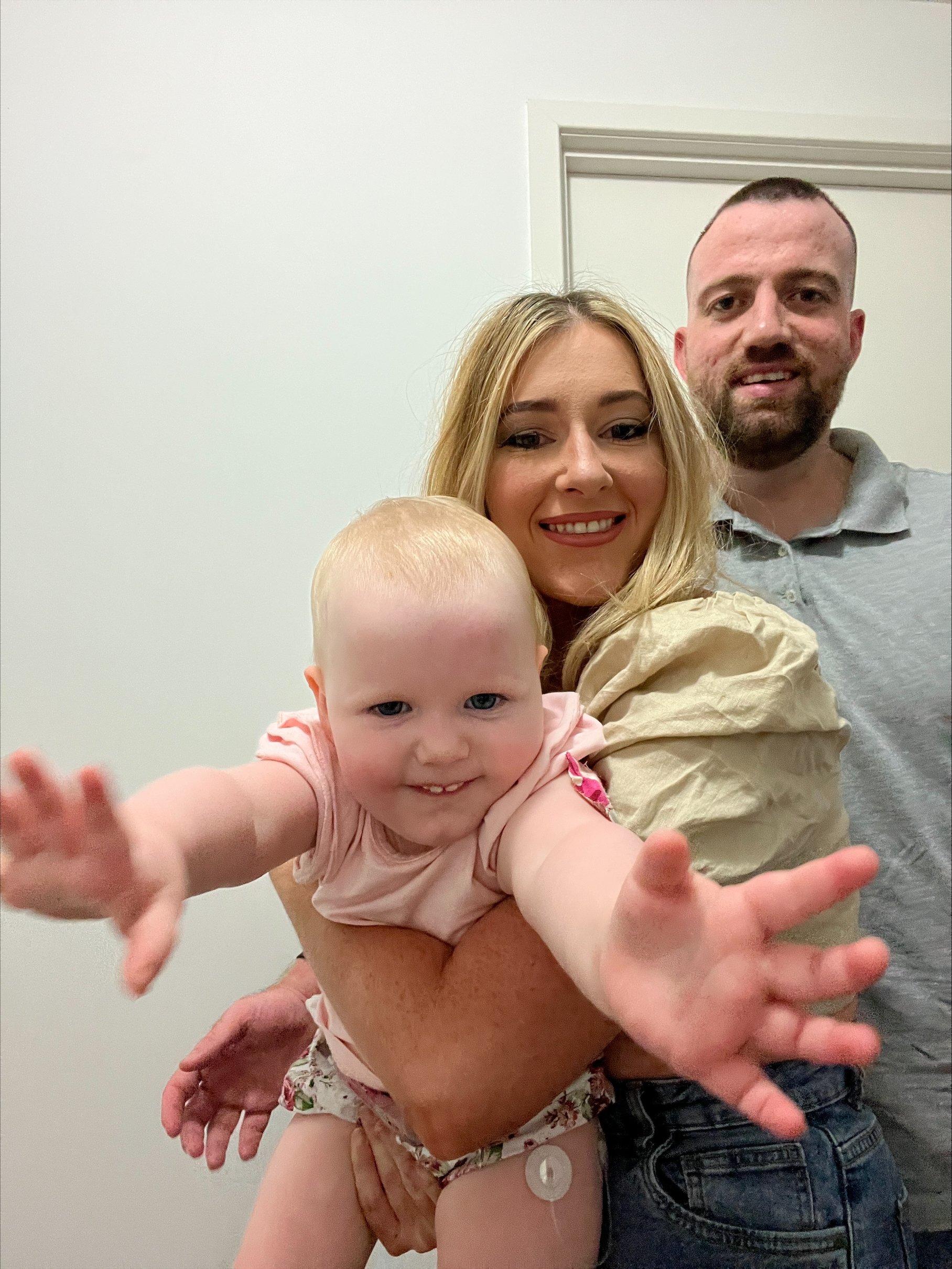Search

News & Events
International Clinical Trials DayTo celebrate International Clinical Trials Day, we are highlighting a couple of a current trials underway at the Children's Diabetes Centre at the Kids Research Institute Australia and Perth Children's Hospital

News & Events
Supporting Families ProjectProudly funded by a Telethon Trust Research Grant, the Supporting Families project started in 2024 with the aim of co-designing a new clinical pathway for children with early stage type 1 diabetes (T1D).

News & Events
Capacity Building GrantsThe Rio Tinto Children's Diabetes Centre; a Breakthrough T1D Centre of Excellence is excited to announce the first round of capacity building grant recipients.


News & Events
Talking about type 1 diabetesA new research study conducted by Professor Jeneva Ohan and Dr Keely Bebbington aims to develop our understanding of how adolescents navigate these disclosure decisions, and how we can support them to feel more confident when talking to others about their diabetes.


News & Events
Australasian Diabetes ConferenceOur team had a few busy days presenting posters, chairing expert panels, delivering presentations and catching up with colleagues from across the world at the 2024 ADC Conference in Perth.

News & Events
Community Conversation "What support do families with early-stage T1D need?"What support do families with early-stage T1D need? Screening for the risk of developing T1D is now an option. But as exciting as screening is, we


News & Events
National committee shares collective voice for researchEver wondered what a national committee does? Who can be a member and what they do?
